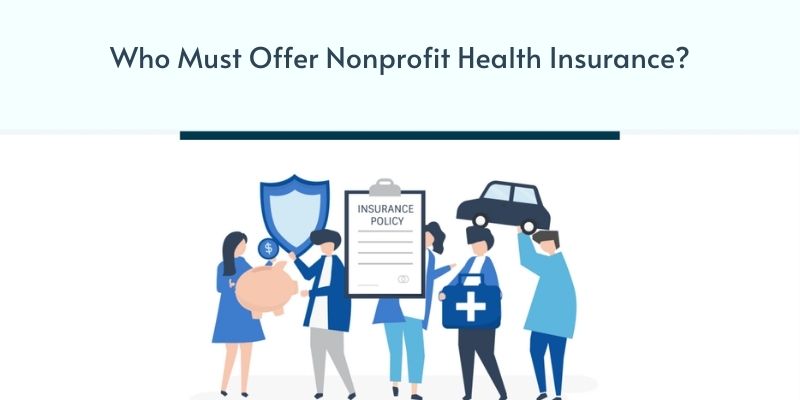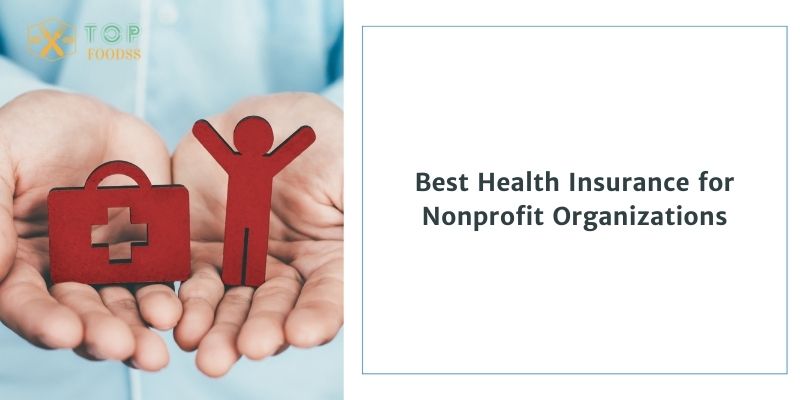Best Health Insurance for Nonprofit Organizations
Best Health Insurance for Nonprofit Organizations by topfoodss.com. As part of an extensive nonprofit benefits package for employees, many nonprofit organizations opt to provide health insurance to workers. A poll by the Nonprofit Times found that about 87 percent of organizations provide some kind of medical coverage for its employees. Employers looking for a new or updated health insurance plan should take into account the variety of alternatives, such an HSA or HRA. Many charity organizations are now moving away from fully-funded health insurance programs and toward self-funded options.
Contents
Health insurance for nonprofit organizations
Making important insurance decisions on behalf of employees is one of the numerous difficulties and worries that nonprofit companies confront in comparison to for-profit enterprises. Organizations may decide to provide additional coverage in the form of dental and vision benefits in addition to the standard medical coverage that is included in basic Health insurance for nonprofit organizations.

Employers can choose from a variety of group health insurance for nonprofit organizations choices, including self-funded, fully-insured, and level-funded plans. Other health plan types, such a Health Maintenance Organization (HMO), Preferred Provider Organization (PPO), or High-Deductible Health Plan (HDHP) with a savings option, may also be taken into account by decision-makers.
What Is an HSA?
Employees can set aside money in health savings accounts (HSAs) for upcoming medical costs. A person must be signed up for a high-deductible health plan (HDHP) in order to be eligible for an HSA. The IRS establishes the minimum deductible for these plans each year as well as the maximum amount that a plan holder may pay out-of-pocket. The maximum out-of-pocket spending for 2021 is $7,000 for individuals and $14,000 for families. Employees who have access to an HSA through their employer might decide to set up automatic payroll deductions.
An employee’s health savings account at a nonprofit organization Employees who have HSAs are given debit cards or cheques that are directly tied to their account balance. Only qualified medical expenditures, including as coinsurance, copays, and deductibles, may be paid for using these funds. However, HSA money cannot be used to pay for insurance premiums. Because HSA balances roll over at the end of each year, they are different from flexible spending accounts.
Employees may rest easy knowing they won’t lose their money because of this. A Medicare enrollee who is 65 years of age or older and wants to contribute to an HSA cannot do so. These people can still utilize any money that accumulates in the account to cover out-of-pocket medical costs.

What is a health reimbursement arrangement (HRA)?
An HRA is an employer-funded health benefit that has received IRS approval and is used to compensate employees for certain out-of-pocket medical costs and individual health insurance for nonprofit organizations choices premiums.
Due to the tax benefits and financial control that HRAs offer as compared to an insurance agency, many for-profit businesses and organizations choose to utilize them instead of group health insurance for nonprofit organizations choices or health stipends.
Organizations provide a monthly stipend for employees to utilize with an HRA. Employees provide proof of their medical costs to their employer after making a variety of qualifying healthcare purchases, such as insurance premiums. Then, if everything is in order, you will evaluate the paperwork and tax-free refund employees up to the amount of their monthly allowance. There are several distinct kinds of HRAs, each with unique characteristics and specifications that enable charitable organizations to provide their employees valuable benefits.
Who Must Offer Nonprofit Health Insurance?
Nonprofit organizations are not required to offer their staff members health insurance for nonprofit organizations choices. According to the ACA, businesses with 50 or more full-time employees (or the equivalent number of part-timers) are required to offer health insurance to employees or face an IRS fine. Employer-provided health insurance plans must adhere to the ACA’s minimal standards for cost and coverage. In general, an employee’s dependents, who may include biological or adopted children under age 26, must also receive coverage.

Self-Funded vs. Fully-Funded Nonprofit Health Insurance Plans
Comparisons between self-funded and fully-funded insurance plans may be made by employers looking to have greater control over their health insurance for nonprofit organizations choices. These two kinds of plans are highly dissimilar from one another and can significantly affect an employer’s costs and operations.
A conventional arrangement in which an employer pays a premium to the insurance provider is referred to as a fully-funded health insurance for nonprofit organizations choices plan. In exchange, the insurance company covers the medical expenses of the workers who have registered as plan members. Only medical claims covered by the policy’s contract are paid for by the insurance carrier, and only up to a predetermined yearly out-of-pocket limit. A fully-funded health insurance program places more of the risk on the insurance company than it does on the employer.
The situation is reversed in a self-funded health insurance for nonprofit organizations choices plan. The majority of the risk and all of the money required to cover employee medical claims must be provided by the employer. Although the employer bears the majority of the risk, moving to self-funded insurance has a number of significant advantages. Employers can save money if their workers are healthy since there will be fewer claims and no set premium to pay. However, these costs can build up for an employer and provide significant financial difficulties if there are several claims in a given year.
Conclusion
For nonprofit organizations suffering with the price, time commitments, and other restrictions of group health insurance for nonprofit organizations choices, HRAs and health stipends are excellent alternatives. By using these substitutions for standard group health insurance, you may provide your staff specialized benefits without having to worry about skyrocketing costs.
With an HRA, you can manage benefits expenses, give employees value regardless of the size or financial constraints of your company, and outsource the administrative needs to a software provider. PeopleKeep can assist you if you’re prepared to provide health benefits for your organization. Organizations like yours can quickly set up and administer their benefits using our HRA and employee stipend management software.



